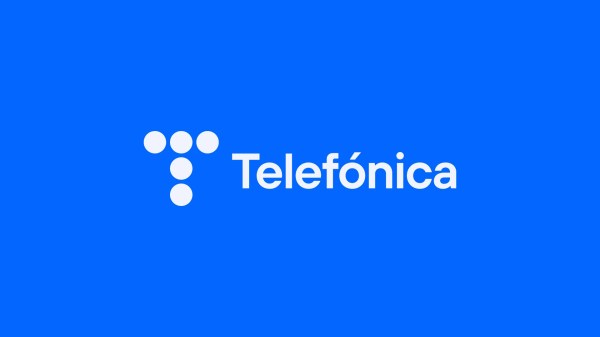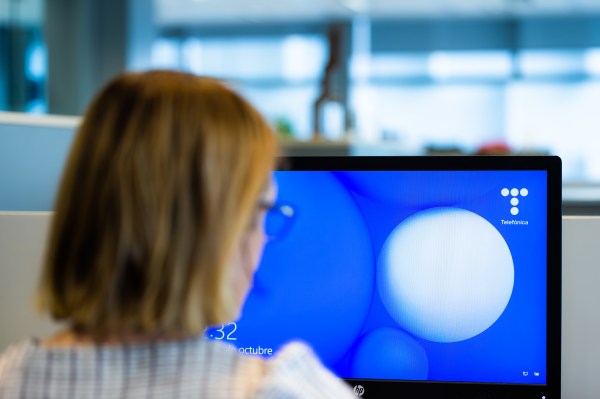The last 25-27th September, the United Nations held a special Summit to agree and present the 2030 Agenda for a Sustainable Development, in order to reach a better world in the next 15 years.
This process began 3 years ago, during the Río +20 Conference in June 2012. Since then, a very intensive, wide and open consultation with a multistakeholder perspective all across the World was launched through My World UN survey, to define these objectives and more than 7 million people contributed to this definition!
Telefónica actively contributed to widespread this consultation promoting the initiative My World in Spain and in Latin America but also the personal stories of people linked to a sustainable development (see here for more information), through expositions in Madrid and in other cities.
This new Agenda is a plan of action for people, planet and prosperity, based on 3 main pillars & goals:
- End extreme poverty
- Fight inequality & injustice
- Fix climate change
To reach these -ambitious but needed- objectives, 17 goals based on 169 targets have been approved. You can find a wide description of all of them here
As you can imagine, these are ambitious goals and we must all work in the same way: everybody should actively contribute to reach them, with a multistakeholder approach, from Public administrations to private sectors, with the support of international organizations and the civil society.
In this context, however, our sector and our activity, the ICT & digital sector, is a clear key enabler to achieve the SDGs worldwide, improving the economic development, facilitating the social inclusion and allowing a better environmental protection.
How? you may ask…
Let´s have a quick review of each goal and the possibilities offered by our ICT & digital sector and the activities already ongoing.
Goal 1: End Poverty in all its forms everywhere
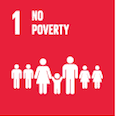 As Nelson Mandela said “It always seems impossible until it´s done!” Therefore, let´s do it! And the ICTs have the ability to decrease the level of poverty bringing access to modernity and to innovative services that could improve people conditions of living. For example, access to communications in remote areas, with public-private partnership projects to provide broadband access such as plans supported by Telefónica, Intégrame, “Conexao Amazónica” in cooperation with Ericsson, or the GSMA, through the Digital Inclusion programme, are key to fight poverty. Providing adequate services adapted to the remote populations, supported by mobile technologies, is also necessary. Services and applications such as m-banking and m-payments could reduce the level of poverty and improve the economic development of a determined area. The GSMA, through the Mobile Money programme is working with mobile operators and the financial industry to accelerate the availability of affordable financial services that provide safety, security and convenience to the unbanked.
As Nelson Mandela said “It always seems impossible until it´s done!” Therefore, let´s do it! And the ICTs have the ability to decrease the level of poverty bringing access to modernity and to innovative services that could improve people conditions of living. For example, access to communications in remote areas, with public-private partnership projects to provide broadband access such as plans supported by Telefónica, Intégrame, “Conexao Amazónica” in cooperation with Ericsson, or the GSMA, through the Digital Inclusion programme, are key to fight poverty. Providing adequate services adapted to the remote populations, supported by mobile technologies, is also necessary. Services and applications such as m-banking and m-payments could reduce the level of poverty and improve the economic development of a determined area. The GSMA, through the Mobile Money programme is working with mobile operators and the financial industry to accelerate the availability of affordable financial services that provide safety, security and convenience to the unbanked.
Goal 2: Hunger & Food Security
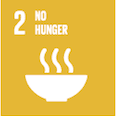 End Hunger, achieve food security, improve nutrition and promote sustainable agriculture is also very challenging and hard to reach within the 15 next years. However, ICTs could positively contribute to this aim by providing better and more effective manners to manage information & resources, better plan & manage rural agriculture business and increase delivery goals. This should allow the appearance of more efficient organizations and contribute to economic development as well as easing social inclusion. Of course, there is a lot of work to do, if connectivity and access to networks are an essential element in this model, digital skills in these areas should also be promoted. Industry Programs such as the GSMA mAgri programme are working in this way to improve the current situation and positively impact on productivity, incomes and jobs in the agriculture sector.
End Hunger, achieve food security, improve nutrition and promote sustainable agriculture is also very challenging and hard to reach within the 15 next years. However, ICTs could positively contribute to this aim by providing better and more effective manners to manage information & resources, better plan & manage rural agriculture business and increase delivery goals. This should allow the appearance of more efficient organizations and contribute to economic development as well as easing social inclusion. Of course, there is a lot of work to do, if connectivity and access to networks are an essential element in this model, digital skills in these areas should also be promoted. Industry Programs such as the GSMA mAgri programme are working in this way to improve the current situation and positively impact on productivity, incomes and jobs in the agriculture sector.
Goal 3: Health & Well-being
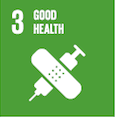 ICTs have a clear role in ensuring better healthy lives and promoting well-being worldwide. Connectivity between doctors and patients, new service allowing distance monitoring and long distance diagnostics services are made to improve patient’s way of life. The way in which health services are consumed is currently changing. Users play a more proactive role and they are more and better informed about their health. For many people the Internet is the first source of information and this should be reinforced to provide more and better information to users. In this area, for example, Telefónica launched “Vivo mais saudável” in Brazil, an Internet portal with free information to orientate people about health issues and share knowledge and experiences.
ICTs have a clear role in ensuring better healthy lives and promoting well-being worldwide. Connectivity between doctors and patients, new service allowing distance monitoring and long distance diagnostics services are made to improve patient’s way of life. The way in which health services are consumed is currently changing. Users play a more proactive role and they are more and better informed about their health. For many people the Internet is the first source of information and this should be reinforced to provide more and better information to users. In this area, for example, Telefónica launched “Vivo mais saudável” in Brazil, an Internet portal with free information to orientate people about health issues and share knowledge and experiences.
Goal 4: Education
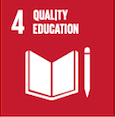 Ensuring inclusive and equitable quality education, but also promote lifelong learning opportunities for all is clearly eased by ICTs & the new digital services. ICTs have the ability to improve the level of education worldwide. Internet has allowed access to knowledge & information in a wider way, through any kind of devices such as mobile, tablets or PCs. These devices and the development of adequate and local contents enable people to feed their curiosity and their will to learn anything they wish from anywhere they are. ICTs are providing new ways of learning and teaching, with useful online solutions for education & training (see for example here).
Ensuring inclusive and equitable quality education, but also promote lifelong learning opportunities for all is clearly eased by ICTs & the new digital services. ICTs have the ability to improve the level of education worldwide. Internet has allowed access to knowledge & information in a wider way, through any kind of devices such as mobile, tablets or PCs. These devices and the development of adequate and local contents enable people to feed their curiosity and their will to learn anything they wish from anywhere they are. ICTs are providing new ways of learning and teaching, with useful online solutions for education & training (see for example here).
In the same way, the initiative Miriadax in Spanish & Portuguese is one example on how our sector could actively contribute to widespread knowledge and the possibility to easily increase the levels of education and they are many other examples provided by our sector.
Goal 5: Gender
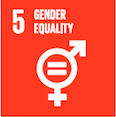 Achieve gender equality and empower all women and girls are highly supported by ICTs, as there is a relevant gap when we talk about Internet and gender. According to some published data, in developing countries, women are nearly25% less likely to be online than men. However, a greater digital inclusion for women implies positive socio-economic benefits for their families, their communities and countries. Lots of ICTs stakeholders are working to provide digital literacy courses & training to women as this is a clear way to reduce the global gender gap and to improve the way they live. Have a look at the infographic on this issue by Intel or at the GSMA Programme insights denominated Connected Women programme.
Achieve gender equality and empower all women and girls are highly supported by ICTs, as there is a relevant gap when we talk about Internet and gender. According to some published data, in developing countries, women are nearly25% less likely to be online than men. However, a greater digital inclusion for women implies positive socio-economic benefits for their families, their communities and countries. Lots of ICTs stakeholders are working to provide digital literacy courses & training to women as this is a clear way to reduce the global gender gap and to improve the way they live. Have a look at the infographic on this issue by Intel or at the GSMA Programme insights denominated Connected Women programme.
In my next post, we will talk about the rest of the SGDs approved and how ICTs could also contribute to improve them. The transversal perspective offered by new technologies and digital services allow them to be a key element, an opportunity to serve the Sustainable Development Goals, creating relevant synergies and work for a better World for every Human on Earth.





